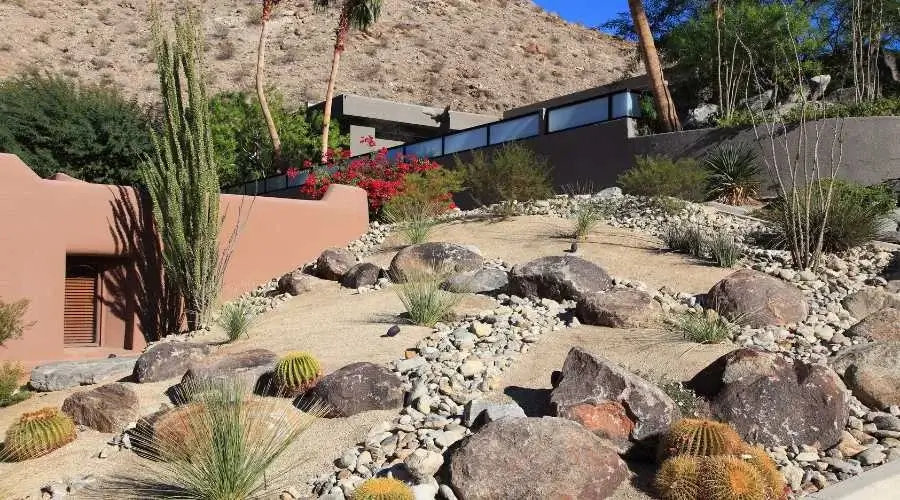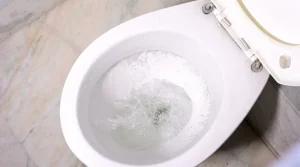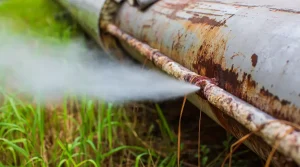If you’re looking to transform your outdoor space into a stunning and environmentally friendly landscape, xeriscaping is the way to go. BJC Plumbers North Bergen is here to introduce you to the concept of xeriscaping and show you how it can enhance the beauty of your property while conserving water. In this article, we’ll explore the principles of xeriscaping and provide you with valuable tips to create a water-efficient and visually appealing landscape.
What is Xeriscaping?
Xeriscaping is a landscaping technique that focuses on creating beautiful outdoor spaces using plants and design elements that require minimal water. Originating from the Greek word “xeros,” meaning dry, xeriscaping is particularly suitable for areas with limited water availability or regions prone to drought. By implementing xeriscaping principles, you can reduce water consumption, minimize the need for irrigation, and still enjoy a vibrant and inviting landscape.
Benefits of Xeriscaping
- Water Conservation: One of the primary benefits of xeriscaping is its ability to conserve water. By choosing drought-tolerant plants and using efficient irrigation methods, you can significantly reduce water usage in your landscape. This not only helps you save on water bills but also contributes to water conservation efforts and promotes environmental sustainability.
- Low Maintenance: Xeriscaping requires less maintenance compared to traditional landscapes. Drought-resistant plants are generally hardy and resilient, requiring less pruning, mowing, and fertilization. With xeriscaping, you can spend less time on yard work and more time enjoying your outdoor space.
- Cost Savings: By reducing water consumption and maintenance needs, xeriscaping can lead to long-term cost savings. You’ll spend less on water bills, lawn care equipment, and landscaping maintenance services. Plus, xeriscaping can increase the value of your property, making it an investment that pays off.
- Environmental Benefits: Xeriscaping has numerous environmental benefits. By conserving water, you contribute to the preservation of this precious resource. Additionally, xeriscaping promotes biodiversity by attracting native pollinators and wildlife to your garden. It also reduces the need for chemical fertilizers and pesticides, creating a healthier and more natural environment.
Key Principles of Xeriscaping
To create a successful xeriscape, it’s essential to follow these key principles:
- Water-Efficient Plants: Choose plants that are native to your region and adapted to local climate conditions. These plants have developed mechanisms to survive with minimal water requirements. Incorporate a variety of drought-tolerant plants with different colors, textures, and heights to create an aesthetically pleasing landscape.
- Efficient Irrigation: Install a drip irrigation system that delivers water directly to the plant roots, minimizing water loss through evaporation and runoff. Use smart controllers or moisture sensors to ensure your plants receive the right amount of water at the right time. Mulch the soil around plants to retain moisture and suppress weed growth.
- Soil Improvement: Prepare your soil by adding organic matter, such as compost, to improve its water-holding capacity and nutrient content. Well-amended soil allows for better water infiltration and root growth, leading to healthier plants.
- Appropriate Turf Areas: Limit the size of your turf areas and opt for drought-tolerant grass varieties. Consider replacing high-maintenance lawns with alternatives like artificial turf, native groundcovers, or hardscapes.
- Efficient Use of Hardscapes: Incorporate hardscapes, such as pathways, patios, and retaining walls, strategically into your landscape design. These features not only add visual interest but also minimize the need for water-intensive plants in those areas.
Implementing Xeriscaping in Your Landscape
Ready to transform your landscape into a water-efficient oasis? Here are some steps to get you started:
- Plan and Design: Assess your outdoor space and determine your landscaping goals. Consider factors like sun exposure, soil type, and water availability. Create a detailed plan that includes plant selection, irrigation system layout, and hardscape placement.
- Prepare the Soil: Amend the soil by incorporating organic matter to improve its structure and drainage. Remove any existing turf or unwanted plants and ensure proper grading to prevent water pooling.
- Choose Drought-Tolerant Plants: Select a diverse range of native or adapted plants that can thrive in your region’s climate. Group plants with similar water needs together to optimize irrigation efficiency.
- Install Irrigation System: Install a drip irrigation system or use soaker hoses to deliver water directly to the roots of your plants. This minimizes water waste and ensures efficient water distribution.
- Apply Mulch: Apply a layer of organic mulch around plants to suppress weed growth, retain soil moisture, and moderate soil temperature.
- Monitor and Maintain: Regularly check your irrigation system for leaks or malfunctions. Adjust watering schedules based on seasonal weather conditions. Prune plants as needed and remove any weeds to maintain a tidy and healthy landscape.
By embracing xeriscaping techniques, you can create a visually stunning landscape that thrives with minimal water. BJC Plumbers North Bergen is here to support you on your xeriscaping journey. Visit us today to learn more about our services or to consult with our expert team. Let’s work together to create a sustainable and beautiful outdoor environment for your home!









